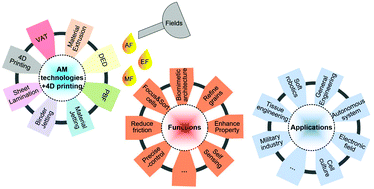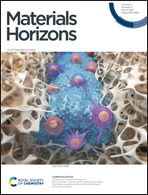Recent progress in field-assisted additive manufacturing: materials, methodologies, and applications
Abstract
Owing to its advantages of freedom to design, improved material utilization, and shortened lead time, additive manufacturing (AM) has the potential to redefine manufacturing after years of evolvement and opens new avenues to produce customized and complex-shaped products. Despite these benefits, AM still suffers problems stemmed from limited material selection, anisotropic material property, low production speed, coarse resolution, etc. In response to these problems, extensive attention has been drawn on integrating AM with fields, which mainly include magnetic field (MF), electric field (EF), and acoustic field (AF). These fields have been proved to be effective in tailoring microstructures, enhancing mechanical properties, focusing and sorting cells, serving as stimuli, etc., thus providing new opportunities to address existing problems and enable new functionalities of AM technologies. This paper presents a review on recent developments and major advances in MF-, EF-, and AF-assisted AM technologies and 4D printing method from aspects of materials, methodologies, and applications. In addition, current challenges and future trends of field-assisted AM technologies and 4D printing method are also outlined and discussed.



 Please wait while we load your content...
Please wait while we load your content...